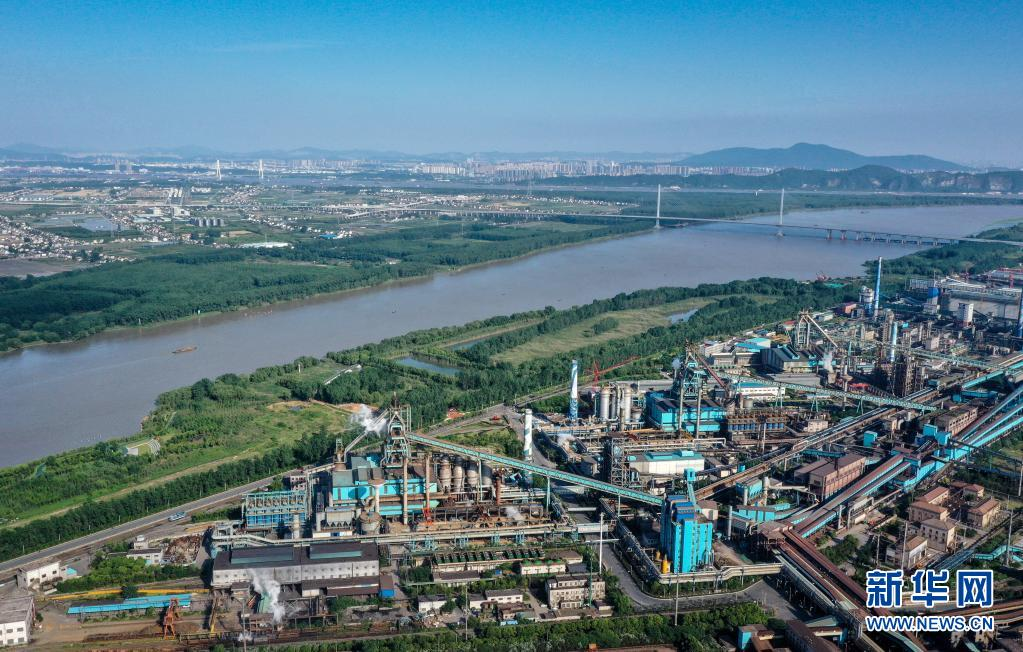BEIJING, Nov. 11 (Xinhua) -- Multiple Chinese ministries and committees have taken measures recently to accelerate green and low-carbon development of the country's industrial sector, reported Economic Information Daily Wednesday.
On November 9, ten departments including the National Development and Reform Commission issued a plan for promoting nationwide clean production, stating to fully implement clean production in the industrial sector by the year 2025.
According to the plan, China's Ministry of Industry and Information Technology (MIIT), along with other departments, will accelerate green manufacturing projects, develop green and low-carbon industries, and promote the application of energy-saving technologies and products in the manufacturing industry.
The plan also proposed to promote clean and low-carbon upgrading in key sectors including steel, coking, building materials, nonferrous metal and petrochemicals. 100 enterprises in these sectors will be selected to take the lead in implementing clean production transition, aiming to become front-runners in clean production worldwide.
MIIT and other departments will speed up efforts to develop core green technologies, build an innovation center for green manufacturing, strengthen research and development of generic technologies in areas such as low-carbon, energy-saving, water-saving, environmental protection, clean production and comprehensive utilization of resources, and carry out comprehensive demonstrations of carbon reduction technologies.
Actively responding to the plan, local governments such as east China's Jiangsu Province and southwest China's Yunnan Province have recently released local plans to promote green development of industrial sector in the 14th Five-Year Plan period.
Yunnan plans to make use of cutting-edge applicable technology and new generation of information technology, in order to carry out technology and equipment upgrading and green and low-carbon transformation in key industries. Jiangsu is also expected to fully promote energy-saving technologies in traditional industries.
As it takes efforts from multiple sectors to promote industrial emission reduction, China's central bank, the People's Bank of China (PBOC), launched a new monetary policy tool on November 8, providing financial support to industrial carbon emission reduction projects, especially the development of clean energy, energy saving and environmental protection, as well as carbon emission reduction technologies.
On November 5, MIIT, PBOC, China Banking and Insurance Regulatory Commission and China Securities Regulatory Commission jointly released a guidance document, identifying eight key directions for clean industrial development. According to the document, by 2025, it is expected that there will be a further improved industry-finance cooperation mechanism for promoting green industrial development, a green finance standard system that meets the characteristics and needs of the industrial sector and a green information disclosure mechanism for industrial enterprises.
In the future, the financial sector will continue to guide the nationwide effort in green and low-carbon industrial transition. Financial institutions are expected to support the green industrial projects by perfecting loan management policies, optimizing credit approval procedure, and guiding the allocation of credit resources.
Financial regulators will also support pilot cities in financial innovation and industry-finance integration to establish an interconnected database for green industrial projects, guiding financial institutions to create innovative financial products and services that meet the needs of green industrial development. (Edited by Yu Huichen with Xinhua Silk Road, yhc0267@163.com)




 A single purchase
A single purchase









